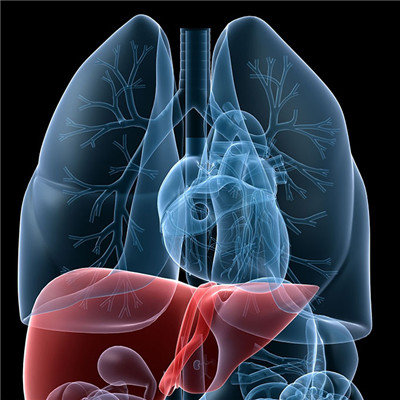What is lung cancer with hypertrophic osteoarthropathy?
summary
Bone and joint diseases in lung cancer patients are not uncommon. Meier medical center in the United States analyzed 1872 patients with lung tumor resection, and found that about 10% of them had bone and joint diseases. From the analysis of pathological types, squamous cell carcinoma is the most common, that is, squamous cell carcinoma is the most prone to bone and joint lesions, followed by adenocarcinoma. What is lung cancer with hypertrophic osteoarthropathy?
What is lung cancer with hypertrophic osteoarthropathy?
A middle-aged man was suspected of rheumatoid arthritis due to swelling and pain of multiple joints, especially the joints at the end of extremities. However, rheumatoid factor was negative in many tests, and there was no morning stiffness. The patient's condition could not be relieved by using a variety of non steroidal anti-inflammatory analgesics, or even local injection of corticosteroids with strong anti-inflammatory effect. By accident, in a routine chest X-ray examination, abnormal shadows were found in the lung, and then lung cancer was diagnosed by various examinations. When the lung tumor was removed, the joint swelling and pain relieved rapidly.
The bone and joint disease of this patient is caused by lung cancer, which is called lung cancer osteoarthropathy in medicine. This kind of osteoarthropathy is the most common extrapulmonary manifestation of lung cancer. Early lung cancer patients often lack lung symptoms, so according to incomplete statistics, only 20% of lung cancer patients diagnosed in outpatient department have surgical indications. However, some early lung cancer without pulmonary symptoms may have many extrapulmonary manifestations, the most important of which is bone and joint lesions. Understanding these characteristics will be helpful for early diagnosis and treatment of lung cancer.
Bone and joint diseases in lung cancer patients are not uncommon. Meier medical center in the United States analyzed 1872 patients with lung tumor resection, and found that about 10% of them had bone and joint diseases. From the analysis of pathological types, squamous cell carcinoma is the most common, that is, squamous cell carcinoma is the most prone to bone and joint lesions, followed by adenocarcinoma.
matters needing attention
The characteristics of bone and joint lesions of lung cancer are: swelling, pain and hypertrophy of joints, mainly hip, ankle, knee, wrist and other large joints; The distal periosteum of the extremities became thick and painful; The nails are round and protruding (clubbing fingers), and there is a red halo around the nail bed; There are pain, swelling and numbness in the extremities. When the tumor was removed, the pain and swelling of the joint could be relieved and subsided quickly, while the clubbing finger would disappear after 3-4 months.












